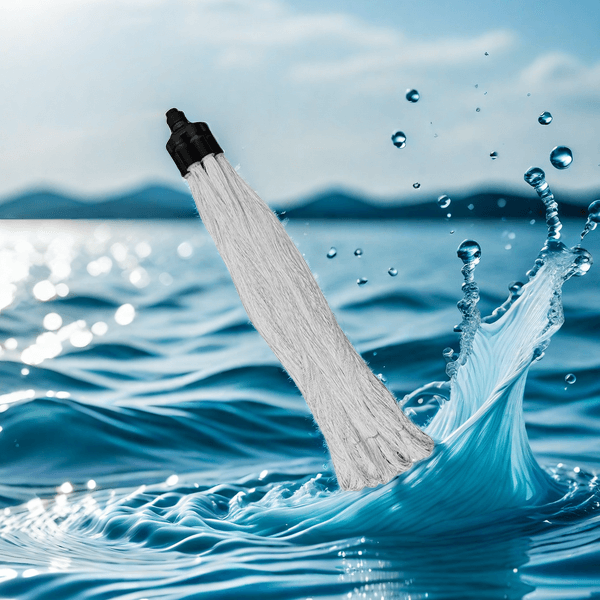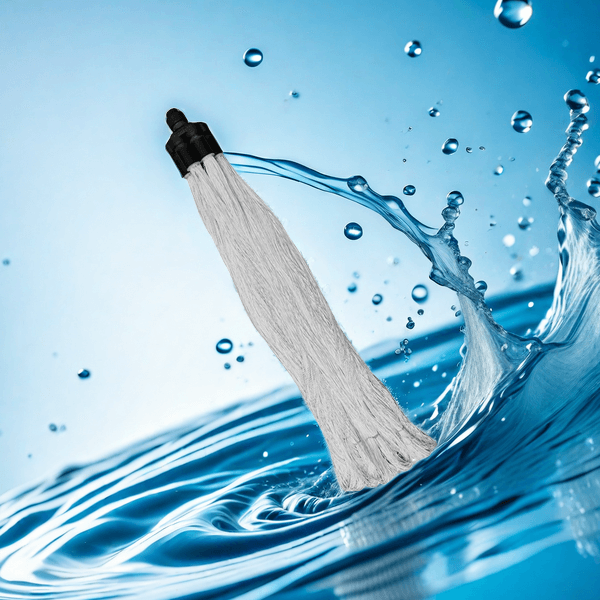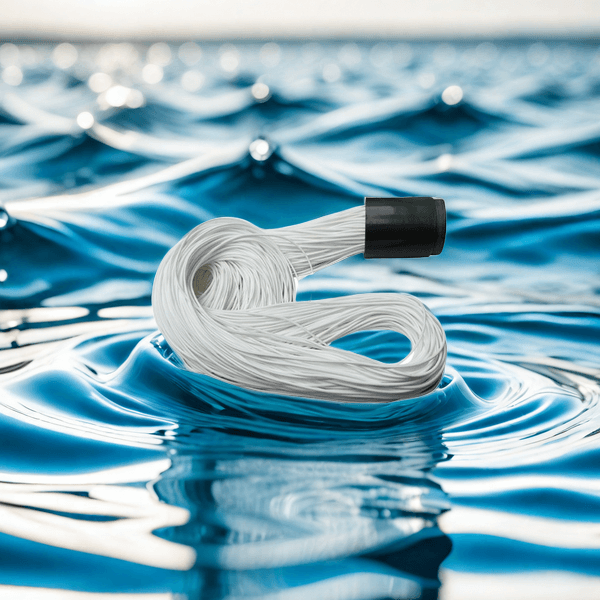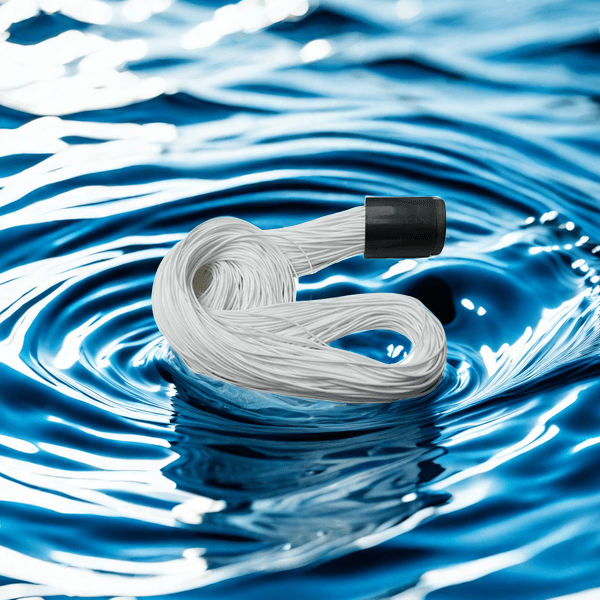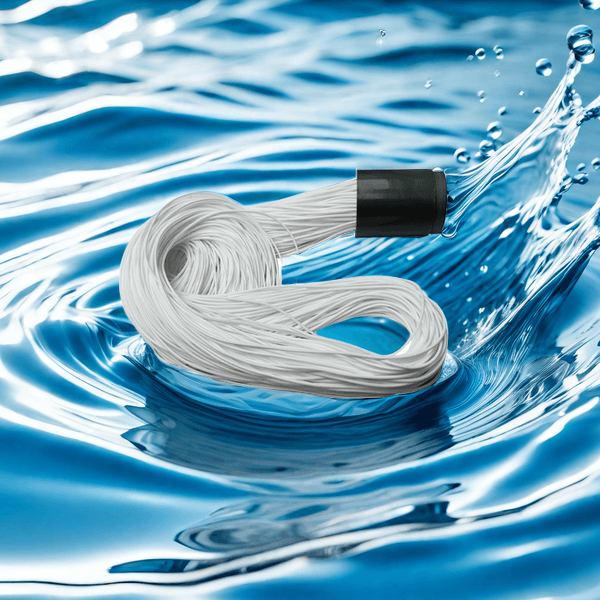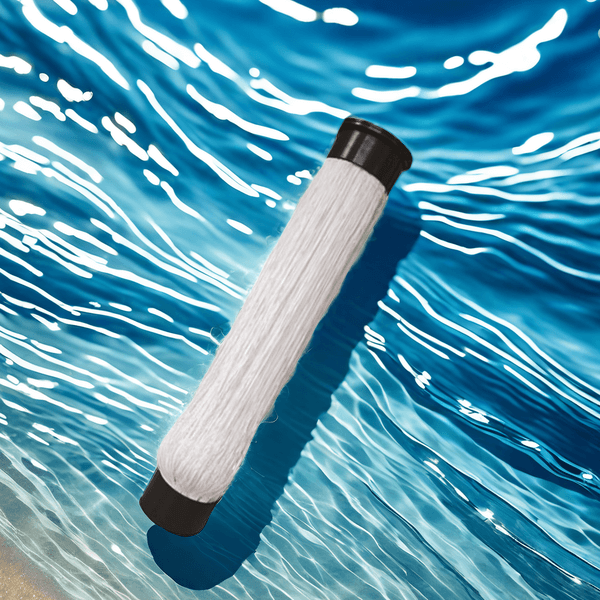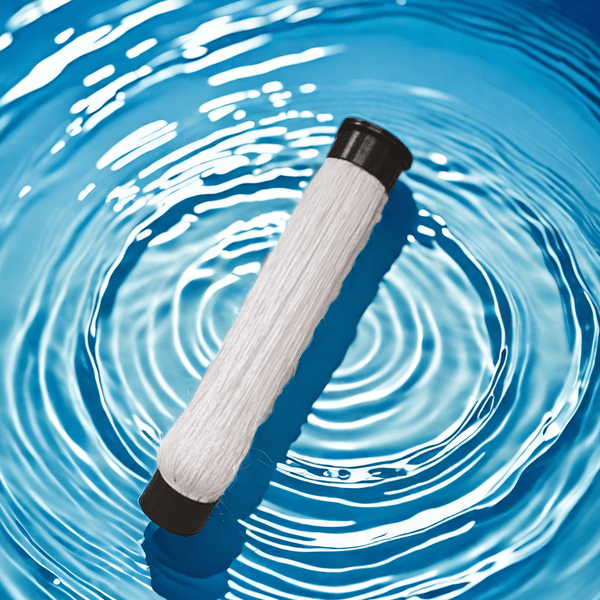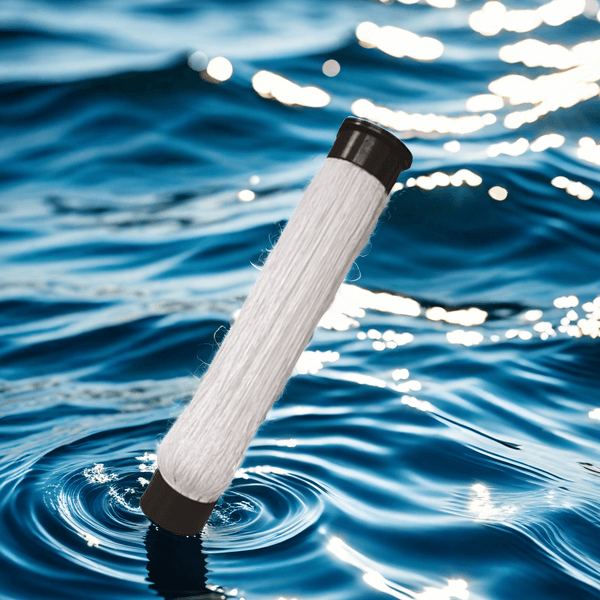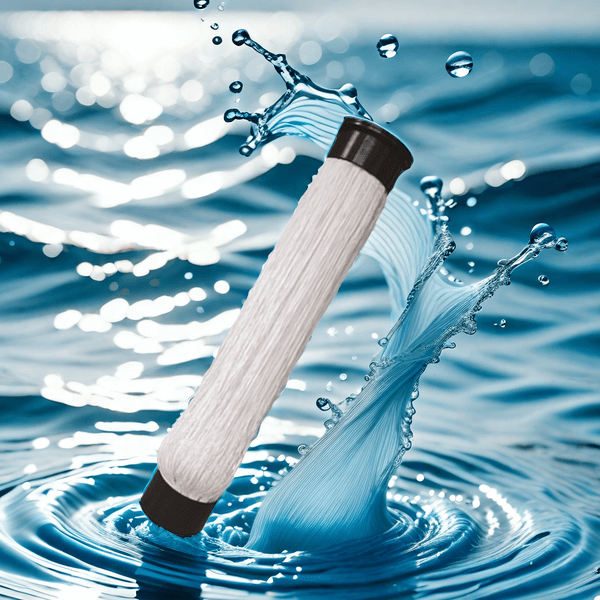What are the advantages of bubbleless aeration technology in MABR?
What are the advantages of bubbleless aeration technology in MABR? Bubbleless aeration technology has several key advantages in MABR: 1. Efficient oxygen supply: MABR uses hollow fiber membranes to directly transfer oxygen to the biofilm, avoiding the dissolution and diffusion loss of oxygen in water, greatly improving the transfer efficiency and utilization rate of oxygen. […]
What are the advantages of bubbleless aeration technology in MABR? Read More »


